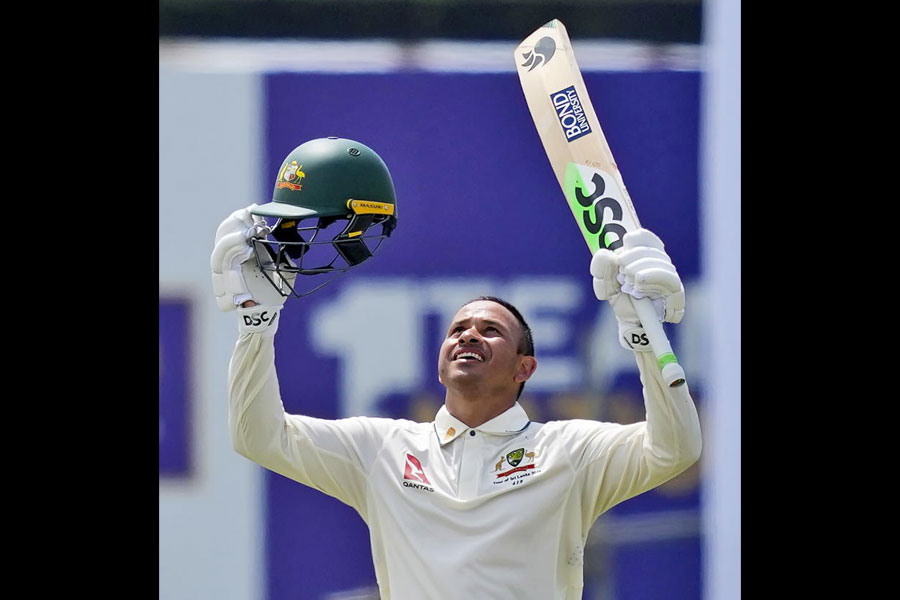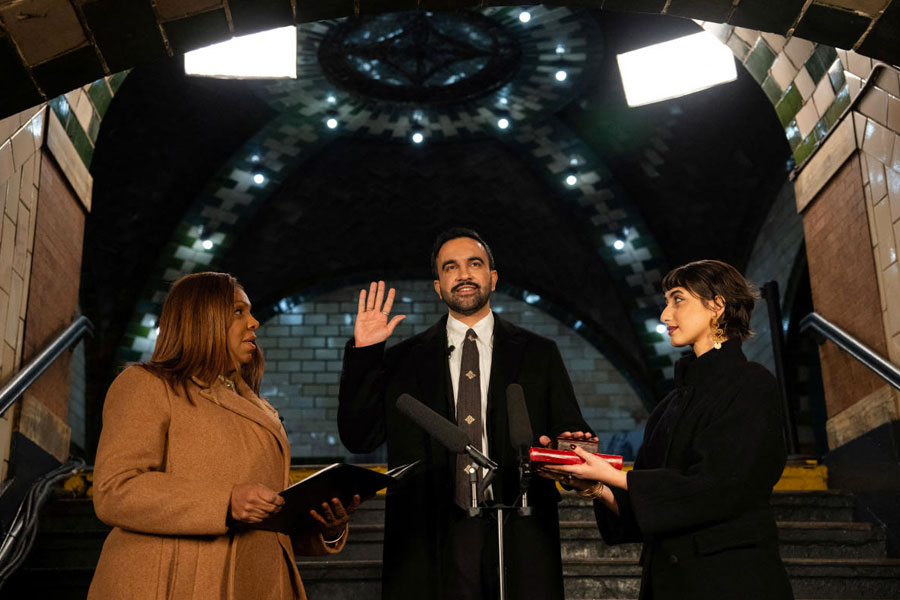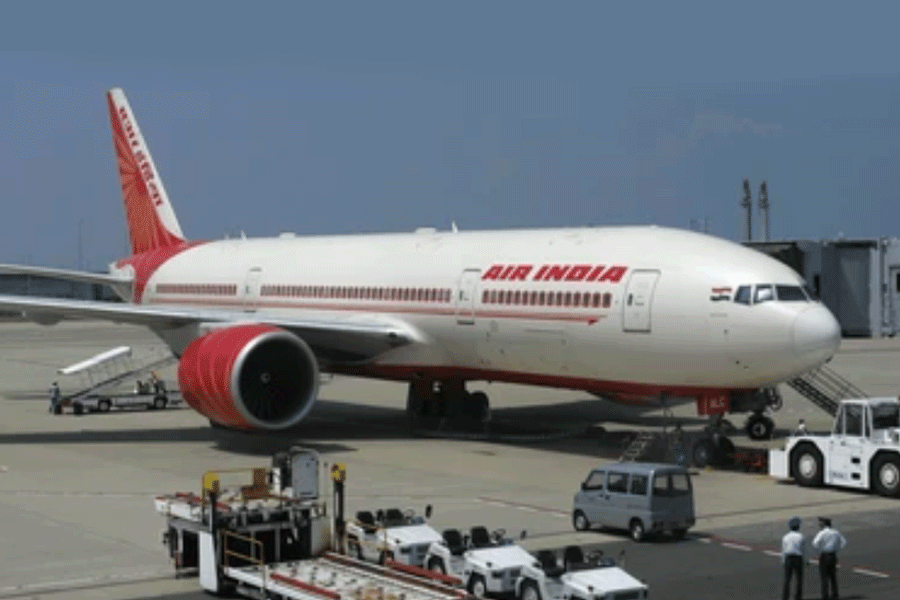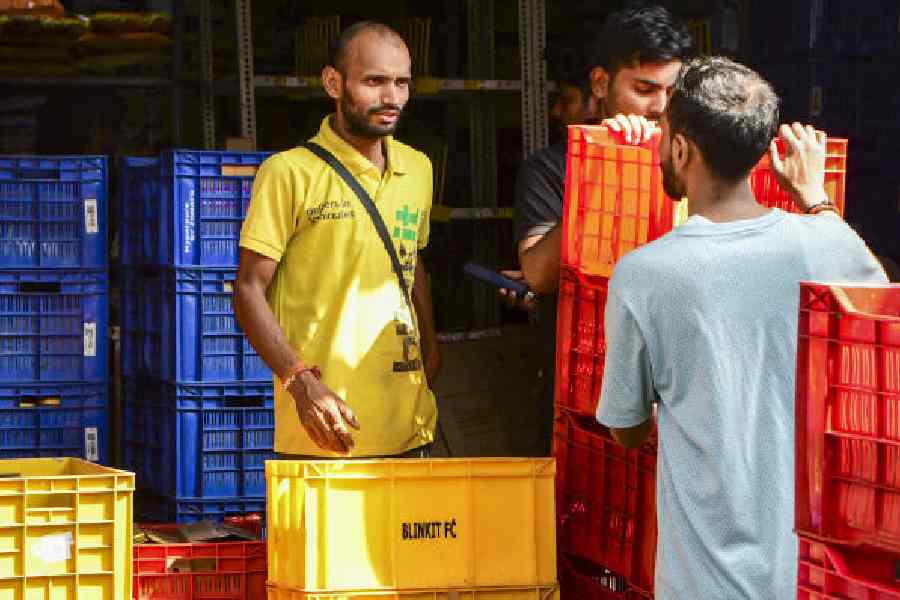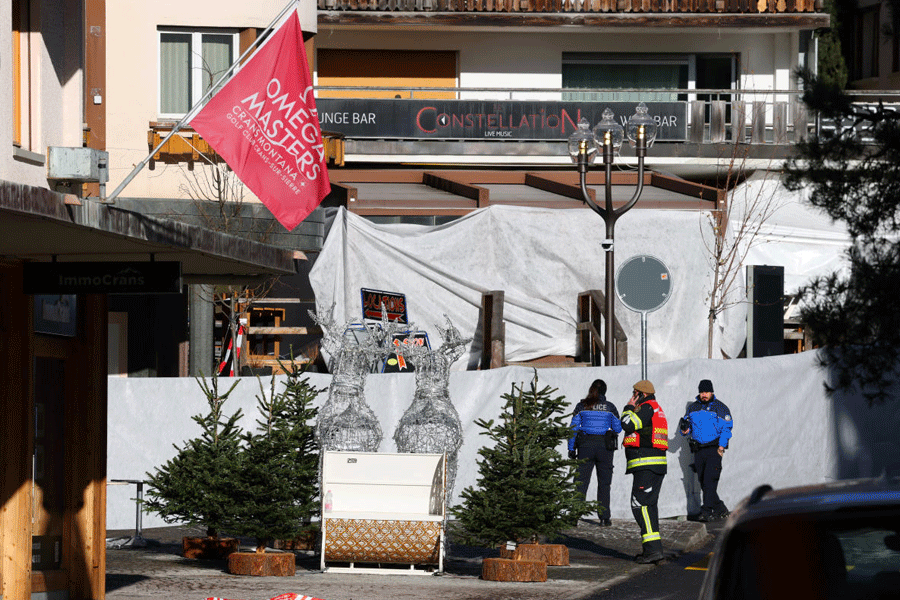 |
Dhimant Vyas always knew that art in some form would be his metier. But though imagination was his long suit, his childhood dreams could never visualise the route his life would take.
Vyas was born in a big family of three sisters and two brothers. “My late father Dalpatram had a tough time raising us as we were a lower-middle-class Gujarati family,” says he. “He spent his hard-earned money on educating us to brighten our future.”
Even as a child, Vyas used to make toys and sculptures with the clay that his mother brought from the riverbed. “I made a lot of small toys as a child which my parents used to exhibit to relatives and friends with immense pride,” he says nostalgically.
Vyas studied first at a government school in a small town called Dhrangdhra near Ahmedabad and went on to do a five-year diploma in applied arts from Kala Kendra College of Fine Arts, Vallabh Vidyanagar, Gujarat. He then managed to get selected for an advanced diploma in communication design with specialisation in animation film design at the National Institute of Design (NID), Ahmedabad. “It was here that I learnt about animation film making,” he says.
His journey in the field of stop motion (frame-by-frame animation) began when Joan Ashworth (head of the animation department of the UK Royal College of Arts) and Catherine Greenhalgh conducted a workshop at NID in 1988. “This was the beginning of stop motion in India. And I found the right path to take,” Vyas says.
At one point he had actually thought of an army career. “I was fascinated by the military officers parading in our area. They looked amazing in their olive uniform with their rifles. I guess that evoked a certain amount of patriotism in me,” he says.
But the army’s loss was animation’s gain. “It may seem funny how I landed in the animation field,” says Vyas. “But, then, architecture and sculpting runs in my blood as I hail from temple architects and the Indian art sculpture community called Sompura Brahmin. One of my forefathers was even associated with the modelling of the Somnath temple.”
So what was his first job like? Says Vyas: “There were very limited options for animators when we passed out from NID. However, I was lucky to begin as a key animator at Ram Mohan’s animation studio — Ram Mohan Biographics (Animation Production House) in Mumbai,” says Vyas.
It was here that he got to know the industry and its limitations. He also learnt how to get approvals, meet deadlines, work according to clients’ demands, understand quality, do the budgets, understand the production pipeline, and the importance of teamwork. “It made me a professional,” he says.
Since then there has been no looking back for Vyas. Be it making a short film on nature or the clay animation title sequence in Taare Zameen Par — the directorial debut of Aamir Khan — he has worked for all big banners. He has also done a TV series called On the Air for BBC and promos for the Nickelodeon channel. At the moment he is working for a feature film called Cat Burglar that is being made by Aardman Animations of the UK.
According to Vyas, there is a lot of awareness and openness about animation in India at the moment. Above all, a lot of people are willing to take up an offbeat career like animation as a full-time job. “We have gained the trust of international investors and at the same time we are developing our own content,” he says. “Instead of making mythology-related animation films, we should try to dig into the rich Indian content lying hidden in all the states in the form of literature and folk stories. We do have young, dedicated and quality animators who can make it big.”
When not making animation storyboards, Vyas loves photography, sculpting and swimming. And now he aspires to make feature films, short films, and TV series. He also wants to experiment with animation filmmaking, like Norman McLean who has spent his entire life trying new ways of making quality animation films.
Vyas feels that a majority of Indian artists look upon their work as a job. “Enjoy the work — big or small. Work hard without thinking about money initially. Money will follow you as you exhibit your skills. And have a learning attitude all the time. It helps.”
Based on a conversation with Shabina Akhtar in Calcutta


